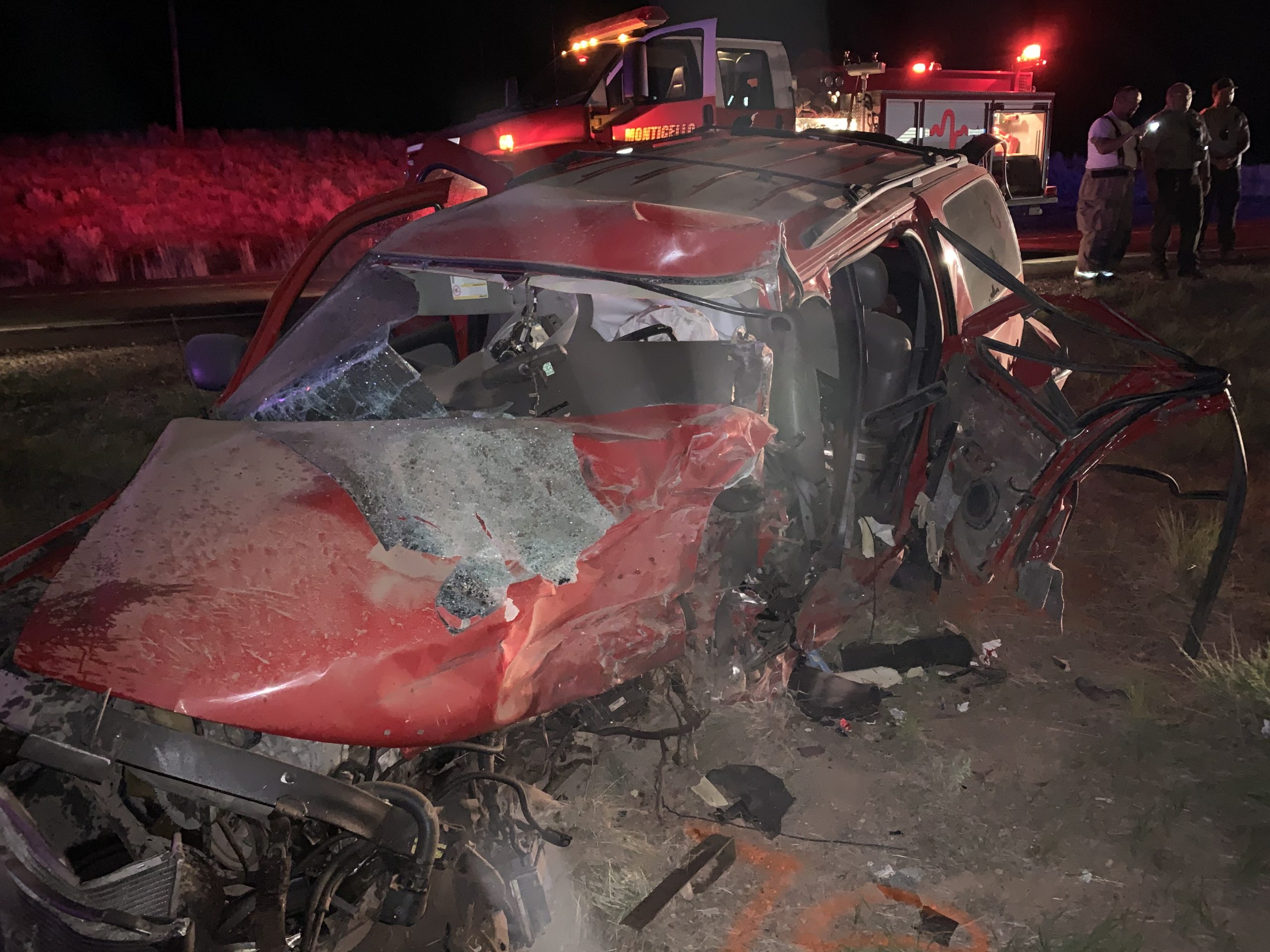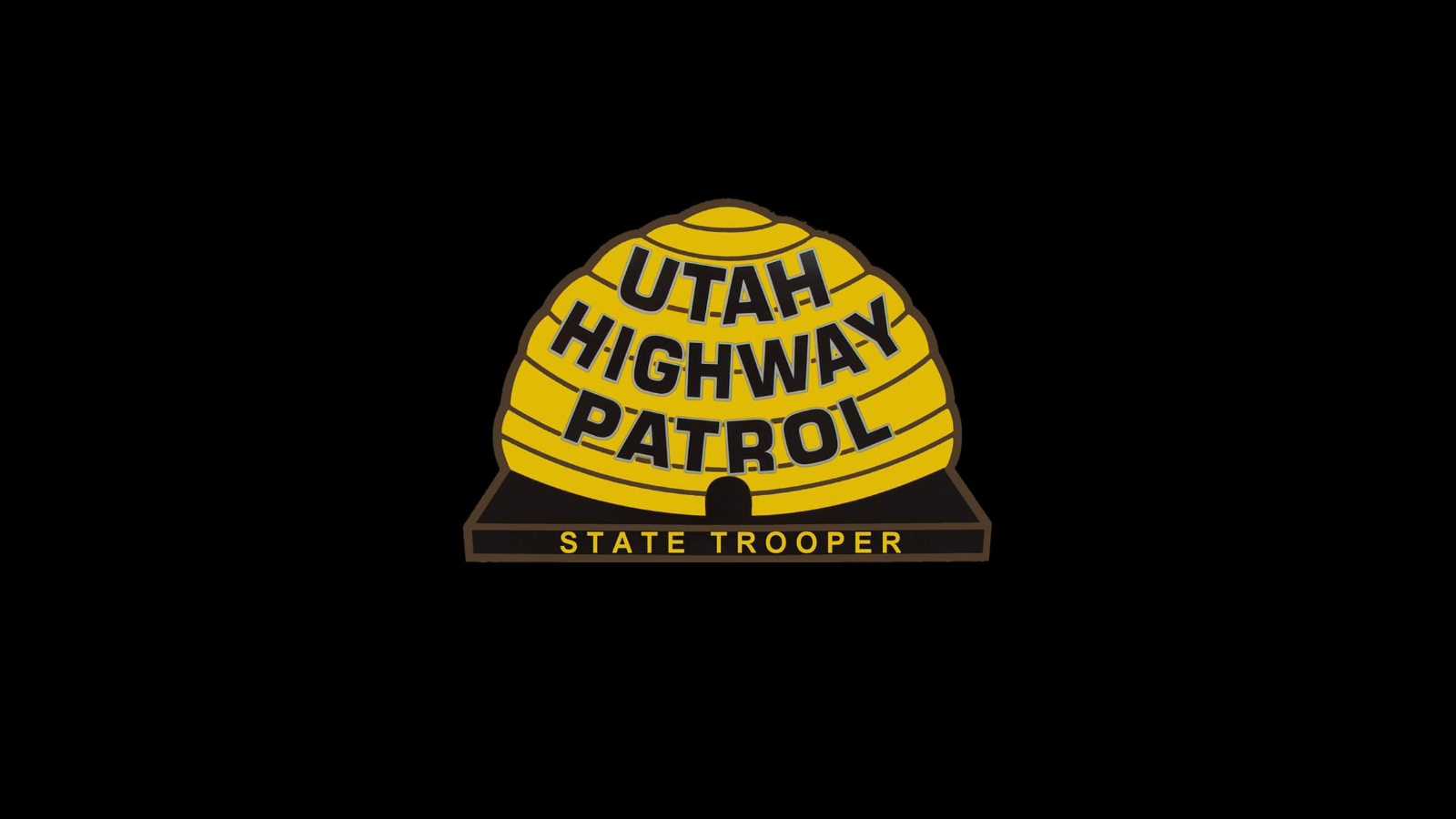Inside DPS
Narcotics
Crime Lab’s List of Most Frequently Submitted Substances
Every year, drug samples are submitted to the Utah Bureau of Forensic Sciences (Crime Lab) laboratories by federal, state, and local law enforcement agencies throughout the state. The Chemistry Section of the lab compiles a Top Ten list of substances submitted for testing each year.

This list represents the ten substances most frequently submitted to the crime lab during each calendar year. The numbers represent the number of exhibits the lab tested for each drug. For example, the lab tested 2,344 exhibits of methamphetamine in 2018.
Below are several interesting trends in the data noted by Senior Forensic Scientist Manager Jennifer McNair.
- The number of drugs being submitted to the laboratory for analysis is steadily increasing each year.
- Methamphetamine is still the most frequently submitted drug to the laboratory as it has been for many years.
- Oxycodone submissions have decreased which may be the result of practice in medical community to prescribe fewer pain killers which results in fewer available for diversion. Of note, the lab is starting to see oxycodone mimic tablets containing carfentanil, but not enough to make our top ten list.
- The increase in spice (FUB-AMB) is most likely due to enhanced enforcement in the Rio Grande area.
- The laboratory has received increased submissions of marijuana, and vape cartridges and edibles containing delta-9-THC. These substances appear to be more prevalent in the community as well as in surrounding states where they are legal.
- As an FYI – many crime labs test a lot of marijuana. The DPS crime lab’s Marijuana Leaf Technician program eliminates most of the marijuana submissions to the laboratory. Officers at local agencies are trained by forensic chemists on how to test marijuana. They perform the same tests that we would at the lab and write reports. For this reason, we do not receive many marijuana samples for analysis at the crime lab.
- The turnaround time on drug cases at the lab is an average of 10 days as of Dec 2018.
- “No-controlled substances” are any exhibits submitted that are tested and do not contain illegal drugs.






SHARE THIS STORY